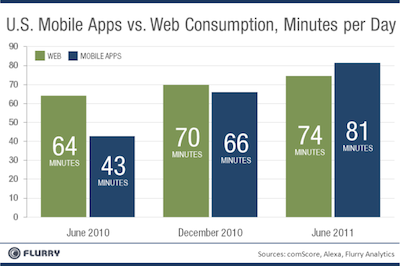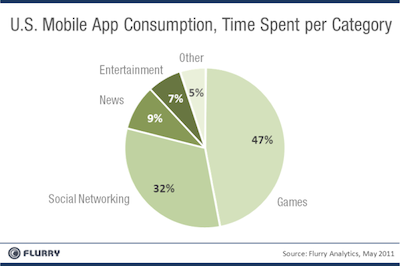This is the second post in a four part series on The Mobile Campus. This series examines how students are using smart phones and the impact on higher education. To read the first post on mobile application use click here.
Last week it was announced that Texas A&M is an exclusive launch partner for the Foursquare for Universities 2.0 program. The next step in the evolution of location based mobile applications on campuses, allows users to get special university sponsored badges and content. When users “check in” on campus starting on August 17th, they will get a custom Texas A&M badge named “I’m Fightin’ Texas Aggie.” Foursquare users collect and covet badges like tiny trophies – they represent where a user has been and what experiences they’ve had. Think of the new badge as a digital way to show school pride.
Foursquare, with 10 million users (35,000 new everyday), is a free mobile application that lets users “check in” to locations, letting everyone in their network know where they are and where they have been. Users are then rewarded with points, badges, and specials for their “check ins”. Hundreds of higher education institutions across the country have created university pages on Foursquare, but Texas A&M were one of the earliest adopters and partners of the Foursquare technology. They were the third University after Harvard and Stanford to integrate the location based platform on their campus.
Through discounts at the campus bookstore to free admission to the George Bush Presidential Library, Texas A&M is using Foursquare to interact with students and campus visitors on a more intimate level. Students are definitely responding – the Texas A&M Foursquare page has 13,000 friends and more than 57,000 “check ins” at 166 campus locations. Students are checking in everywhere –dining halls, dorms, class, the library, and athletic venues.
What’s promising about this partnership – beyond simple promotions and a campus-wide scavenger hunt the university organized on Foursquare, are the ways in which Texas A&M are using the platform to integrate academic content. Earlier this spring, Texas A&M utilized Foursquare to give students access to textbook, research, and dissertation links in the universities digital library.
The possibilities of geo location based mobile apps on college campuses are just starting to reveal themselves. How will universities respond? One thing is certain – universities now have an effective new medium to foster engagement, cultivate communities, and interact with an increasingly connected student body. Oh yeah, and students love it.
What do you think?
Incoming search terms:
- check in apps higher education
- integration foursquare2 with iphone app
- sample application foursquare for universities
- possibilities of geolocation
- next step in evolution of mobile location-based apps
- MobileCampus iphone application
- mobile apps for higher education
- higher education foursquare
- geolocation higher education
- future of education mobile apps




